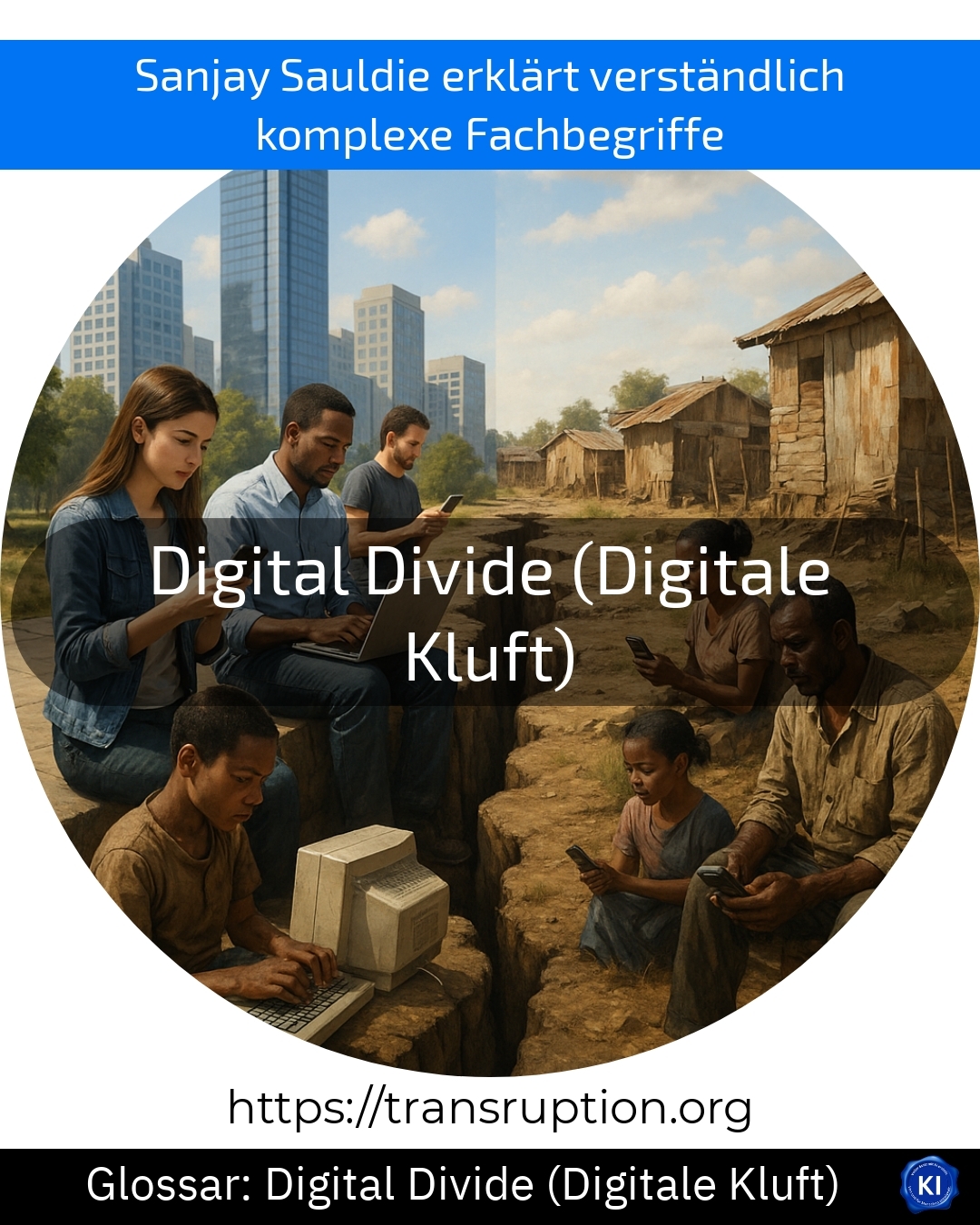The term digital divide comes from the categories of digital society and digital transformation. It describes the difference between people who have access to modern information technology and fast internet and those who are excluded from it.
The digital divide can be seen, for example, in the fact that many city dwellers can easily work from home and have quick access to online education programmes. People in rural areas or from lower-income families, on the other hand, often do not have an internet-enabled computer or only have slow internet. This restricts their opportunities in education, work and social participation.
An everyday example: a school in the city equips all pupils with tablets and offers online lessons. A village school cannot do this because there are too few devices and poor internet access. This creates an inequality that can grow over time.
Overcoming the digital divide is an important goal of modern societies so that everyone can benefit from the advantages of digitalisation and no one is left behind.















